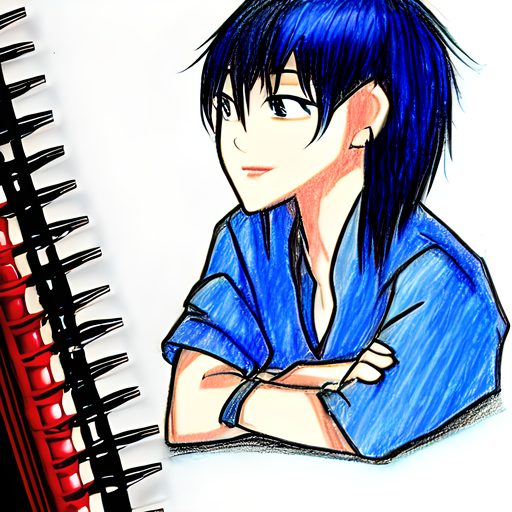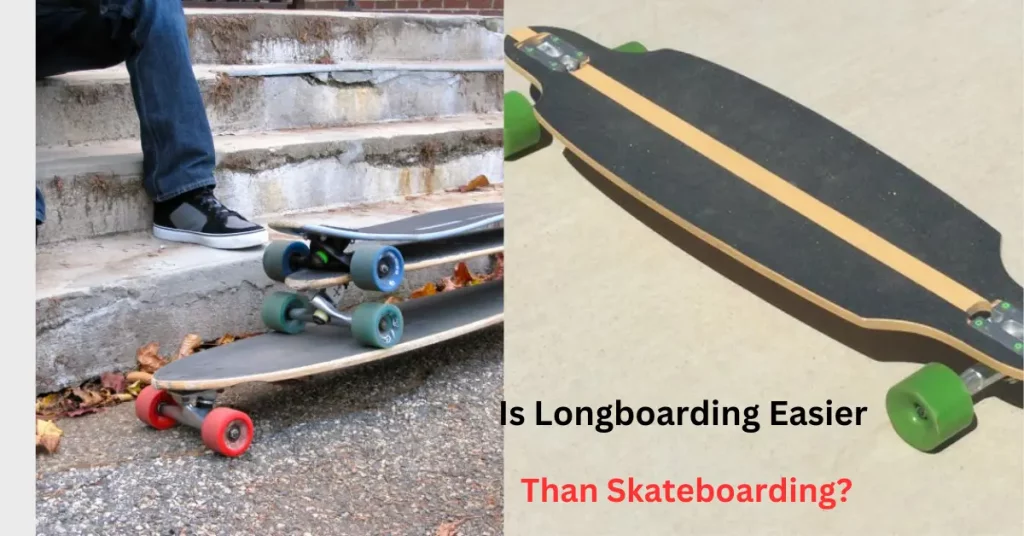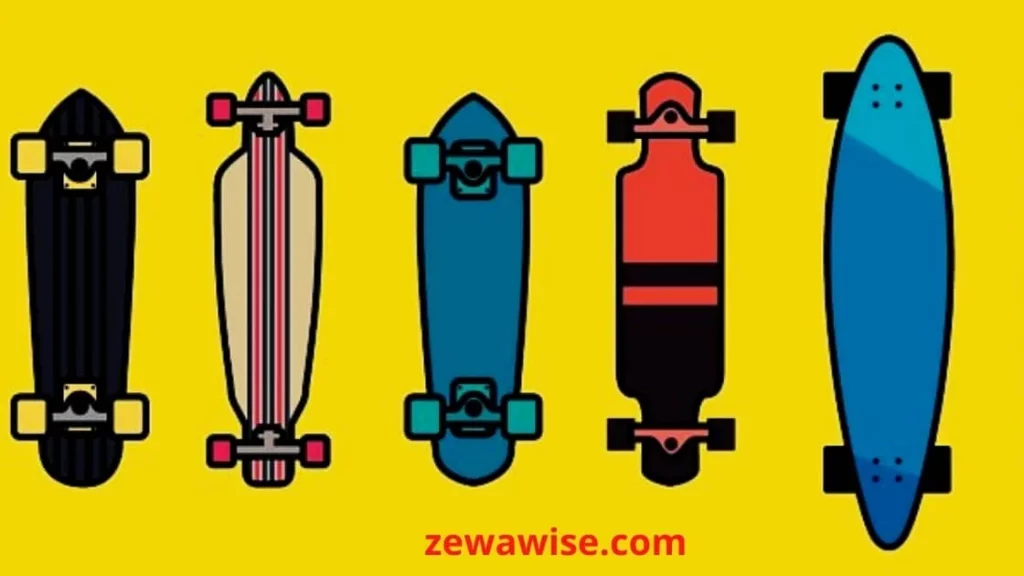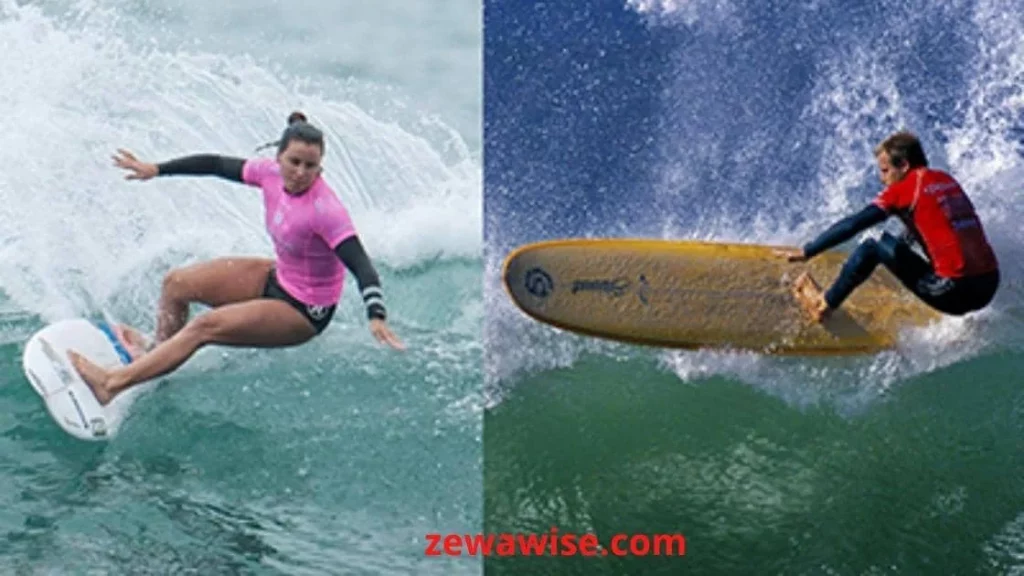A longboard is an interesting and fun sport similar to a skateboard. The difference lies in the equipment. The longboard is bigger in size and broader making it easier to ride on. Compared to the skateboard, a longboard is an easier and more active sport.
Even beginners can easily have a grip on a longboard with little practice. All you need is the longboard equipment and passion to learn, you could be a professional longboard player in no time.
Learning longboarding does not only involve the learning techniques but also includes the initial preparation which plays a vital role.
Based on my experience, I have categorized the longboard learning procedure into three easy steps:
How to ride a longboard for Beginners
Analyzing and arranging the basic types of equipment:
Before starting your ride, it’s important to be sure that you have all the necessary accessories required for longboarding. Below are the beginner’s longboard equipment required to start riding:
Choosing the right Board:
The first and most important step in learning the longboard is to identify the place where you are going to do the longboard. For example, if you are going to the skatepark for a longboard or you want to wander around the slopes of the beautiful hills you would need a different-sized longboard according to the particular area.
As a beginner, ideally, you should use a longboard to ensure maximum safety from falling off.
Longer boards allow you greater space but lesser flexibility to turn around. Usually, the longer boards are used on straight paths where you don’t have to change directions quite often. However, shorter boards are more flexible to change the sides and turn around but provide less space.
Protective Equipment:
Make sure to be fully equipped with the protective equipment including:
- Helmet
- Special shoes for skateboard
- Protective pads for elbow and knees
- Gloves
Now when the equipment is all complete, you are ready to skate and you would require basic training to start off. The first step of training is to identify your dominant foot.
1- Identify your dominant foot:
Identifying your dominant foot would identify which type of longboard player you are. If your dominant foot is the right foot, you are a ‘’Goofy’’ rider and if your left foot is dominant, you would be recognized as a ‘’regular’’ rider.
2- Balance practice:
A longboard is not a static board and keeps sliding off with the slightest push. Immediate sliding without balance practice would be highly dangerous and risky. To begin with longboarding, the first step is to learn how you balance your body on the board.
The key is to place your board on a high-friction land such as grass, a carpet, or anti-slip tiles where the wheels don’t roll easily. Step up on the longboard and try to balance yourself without sliding the board.
While balancing you have to focus on your dominant foot and identify how you balance your body on the board without falling off. This could be quite tricky and difficult but after a few hours of practice, you would easily learn to balance yourself on the longboard and start sliding off to any smooth surface.
Once you are confident in your balance, start moving forward carefully. Be extremely conscious in your first move because this is the time when you can build or lose your confidence.
The easiest way is to lower yourself by bending your knees slightly. Spread your arms in the air pushing yourself forward.
3- Stepping on the longboard:
After practicing the balancing techniques, now you are good to start off by stepping on the longboard. Until now, you must have figured out your dominant foot and which foot should be stepped on first to maintain a good balance.
Place your longboard on a smooth surface preferably a quiet parking area or a park with lesser traffic where you can focus on your balance.
Step up with your right or left foot whichever is dominant and easier to balance the other foot. Now it’s time to lift our second foot and place it on the longboard maintaining an angle of 45 or 90 degrees to the first foot.
With a few hours of practice, you will get to know which foot to lift first and which to second.
4- Starting off to roll down:
Once you have practiced maintaining your balance and stepping onto the longboard, you can now start off with rolling down to a smooth and inclined surface. Make sure you have support to hold on to before starting off such as a nearby wall or a supporting partner who can hold your hand before you roll down for the first time.
Hold on to the support and slowly roll out to the smooth surface focusing on your body balance and your foot movements. Be extremely precise while moving forward and make sure your body is in a balancing momentum with your longboard. Once you maintain a balance, your longboard will automatically start rolling off without any extra effort.
5- Learning to stop:
While riding a longboard, the most important part is to step up and step out of the longboard in an effective and precise manner.
This is learned by consistent practice and extreme focus. With time, you will be getting better at pushing the longboard and riding it in speedy and tricky ways and now you need to learn how to stop it while riding in a speedy ride.
Some beginners adopt a simple technique of looking for a specific point where they want to stop and then simply jump off the board to the ground. But this technique is very risky and you might end up hitting yourself. This works only if you are not riding at a high speed.
According to experts, the best technique for stopping down is to put your back foot in front of the longboard while stopping and keeping your front foot on the board without stepping out. This technique is considered difficult and complicated but can be learned with practice.
Once you learn this technique, you can easily stop anywhere no matter at what speed you are riding. The technique works efficiently because your rear foot allows the longboard to push backward giving it a frictional force to stop slowly before you hit the ground.
A pro tip for beginners is to practice this on grassy surfaces where there is more friction and lesser chances of injuries even if you fall down.
Turning techniques:
Now that you have learned the beginner’s guide, the next step is to learn different turning techniques. You can start off by practicing on a grassy surface if you are not a pro. The tip is to push the longboard with your toes or heels toward the direction you want to turn.
If you have had good practice in rolling, you can simply turn towards any direction by slightly pushing your body in a balanced way towards your desired direction.
Bend your knees slightly and force yourself towards your desired direction, then lift up your knees and you will be automatically turning towards left or right without pushing your toes.
Frequently asked questions about longboard:
1- How can I practice intermediate-level riding skills by myself without an instructor?
After learning the basic skills, with little more practice, you can become an intermediate-level pro by yourself. Just find a place with a smooth downward inclination and a straight area after you roll down. Start off with stepping up the board and slowly rolling down.
The straight area after you roll down would help you balance yourself and with a few hours of practice you can roll down to a small inclined space like a pro. Focus on pushing your toes and heels while stopping down and figure out which foot helps you the best while stopping and starting off.
2- What are the tips to learn stepping out of the longboard?
It is highly important to balance yourself while falling off the longboard without hurting yourself. Without practicing, you may end up breaking your wrist or arm while stepping off of the board. The beginner should practice on a grassy surface by falling off the ground without hurting the wrist/arm.
The tip is to bend down slightly on your knees and then slowly fall off on your knees. Make sure to wear protective knee pads before practicing this.
Final Words:
Longboarding is an active sport and requires great motivation to keep you going on it. Learning how to ride a longboard will not be easier in the beginning but with little practice and a lot of focus, you can go a long way. Following the above-mentioned tips and tricks, you can start off by riding the longboard even if you are a beginner.
The main key point is to focus on your balance and body momentum. Once you learn the basics of the beginner’s guide, make sure to practice every day in a quiet place where you can focus more on your longboard riding skills, and then start learning various sliding techniques to make yourself a pro.

“Welcome to our website, Here You’ll find a wealth of information on finding the right skating gear that will last for years to come, as well as tips and tricks to help you improve your skills. Whether you’re a beginner or an experienced skater, you’ll find something of value here.”



